How to keep food cold while camping: 9 expert tips for keeping things chilled
When you know how to keep food cold while camping, you can enjoy the finest campsite cuisine without having to worry about soggy food or dodgy tummies

We all know that food tastes better after a long day spent exploring the backcountry. We also know that food tastes better when the ingredients are fresh. The importance of fresh ingredients isn't just to do with taste, spoiled ingredients can have serious health implications. This is why its vital to keep your food cold while camping.
While the best camping coolers are amazing products, they're still passive cooling devices, unlike your fridge or freezer at home. This means, you still have to provide the ice and manage how you store the ingredients in order to keep your food cold. Manage it badly and you'll end up with a soggy, lukewarm, unappetizing and potentially hazardous mess.
Luckily, our experts know all about how to store food when camping and are here to share their expertise, breaking down how to keep food cold while camping into 9 easy to follow steps...
How to keep food cold while camping
Here are our 9 expert tips to keep food cold while camping:
- 1) Freeze your food first: anything that can be frozen without spoiling should be.
- 2) Use two coolers: one for food, which shouldn't be opened too often, and one for drinks, which will probably get opened quite a bit.
- 3) Cool your coolers: fill them with ice or very cold water a couple of hours before you plan to pack them.
- 4) Use ice packs or block ice: ice packs freeze colder than water, they're more compact and don't get your food soggy when they melt.
- 5) Use frozen water bottles: they double up as an ice pack and then you can drink them when they melt.
- 6) Pack your cooler tightly: any air will make things warm up faster.
- 7) Keep your cooler in the shade: don't put it in your car, as it'll warm up, put your cooler in the shade.
- 8) Don't open the cooler often: the less you open your cooler, the better.
- 9) Don't drain your cooler: cold water still does a good job of keeping your food cold.
Meet the expert
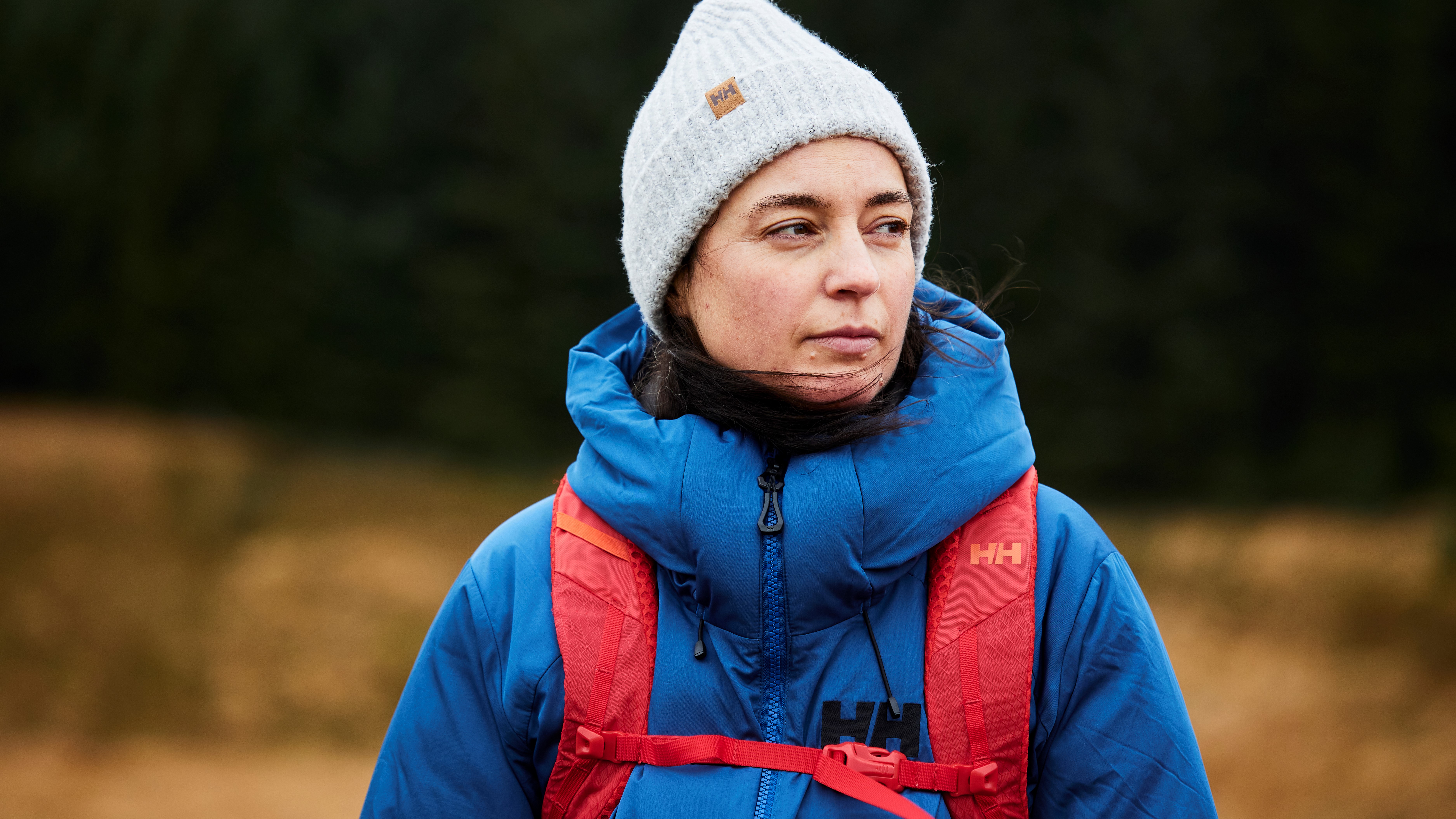
Julia is an avid camper and enjoys frequent adventures with her tent in tow. Whether its a spot of car camping or wild camping in the Scottish mountains, she's in her element under canvas. As one of our main gear experts, she's tested her fair share of camping gear, from tents and stoves to coolers and portable kitchen units.
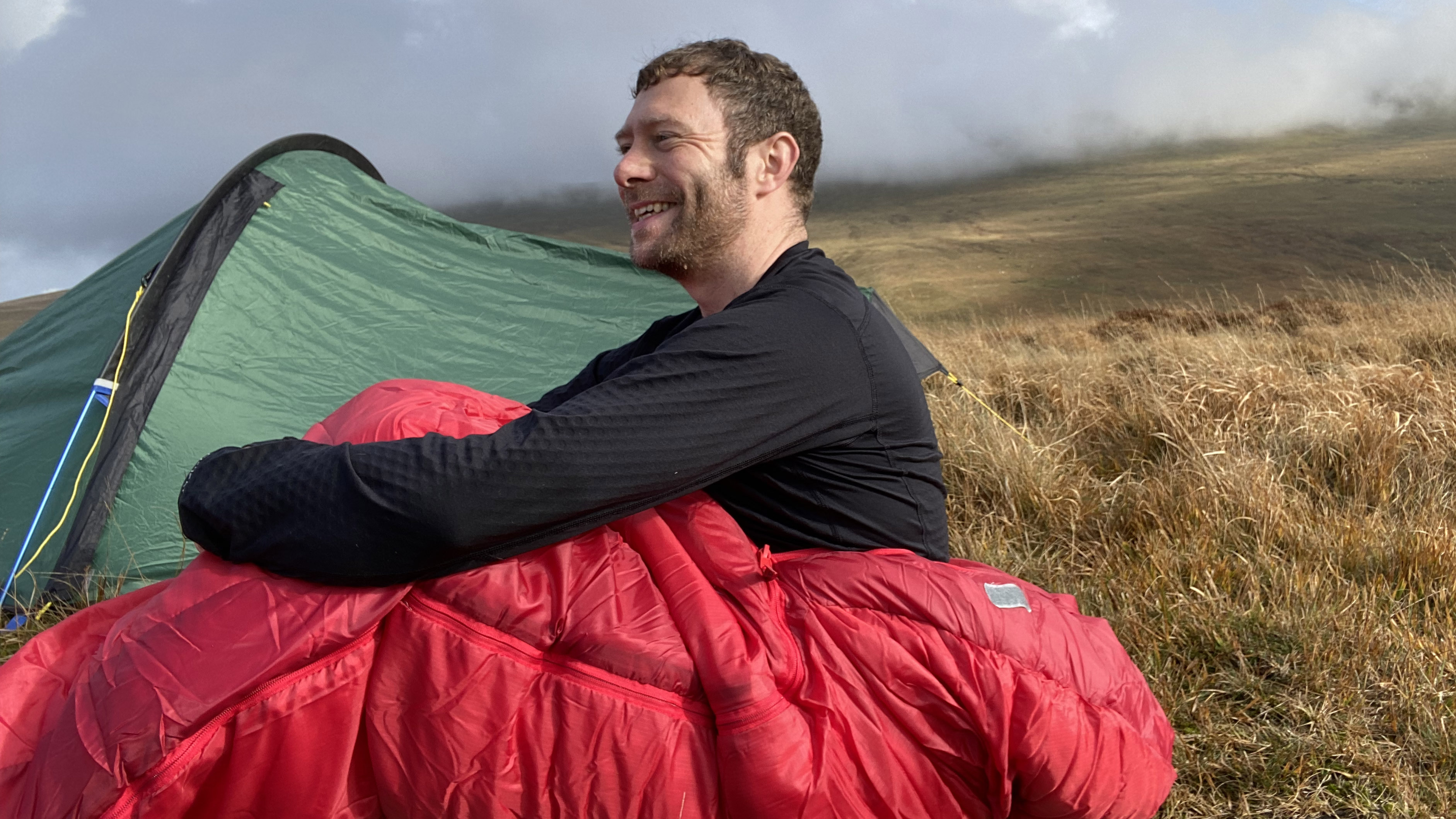
As a mountain leader, family man, avid camper and craft beer connoisseur, Alex is an expert when it comes to camping gear. He knows the importance of proper food and drink storage on camping trips and always puts his coolers to good use.
Today's best deals
Freeze your food first
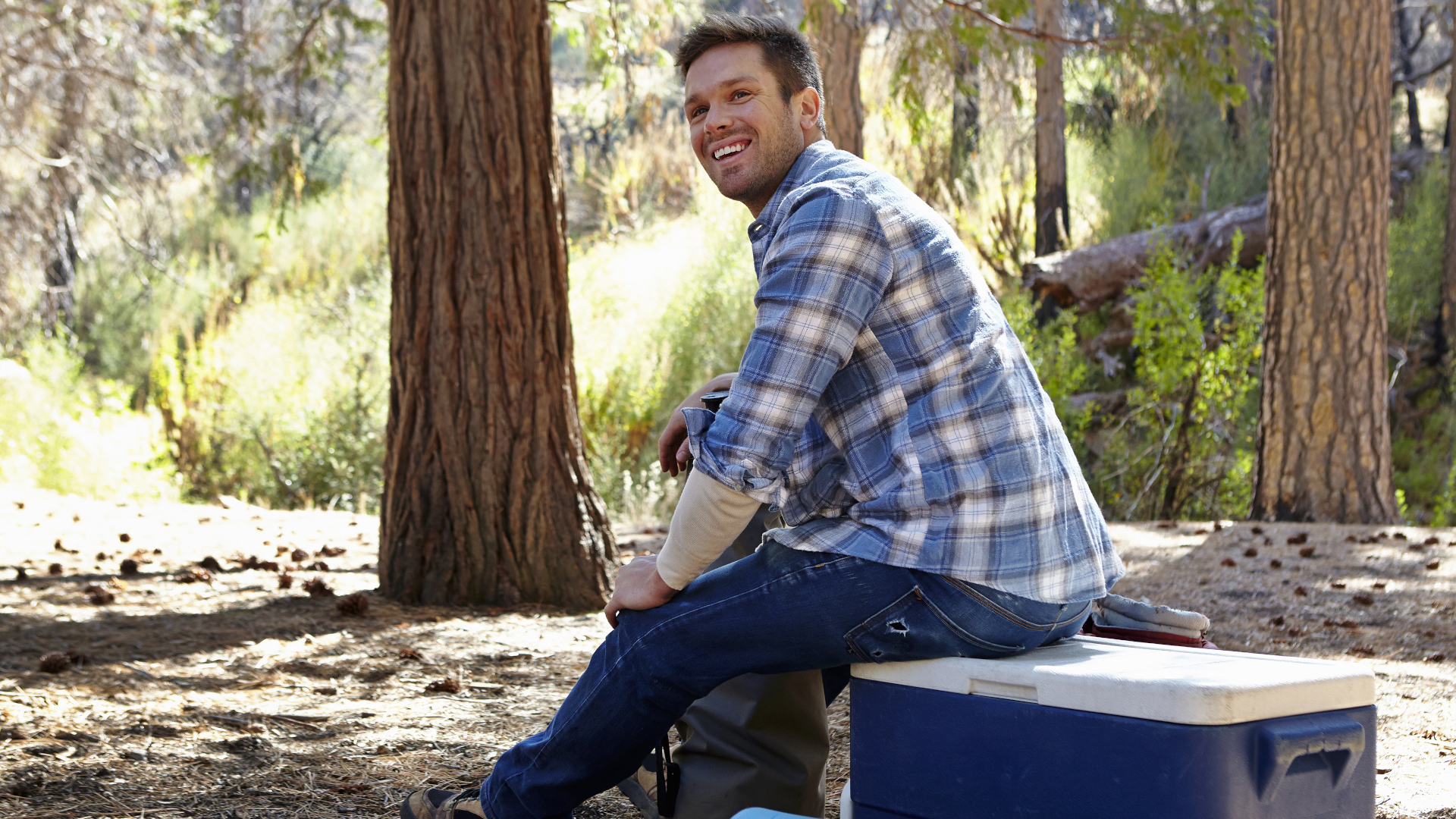
A great way to prolong the cold inside your cooler is to fill it with frozen food which will slowly defrost once you get to camp. For hygiene purposes, it’s better to cook and prepare your meals first, freeze them, then just heat them up using your camping stove at camp so you’re not at risk of food poisoning, but basically anything that can be frozen without spoiling should be, except for anything you want to eat the night you arrive of course.
Use two coolers
If there’s room in your budget, a great hack is to get yourself two coolers: one for food and one for drinks. If we’re being honest, the drinks cooler is likely to get opened a lot more frequently than the food cooler, so this way your food isn’t being exposed to warmer air every time you want to grab a cold one.
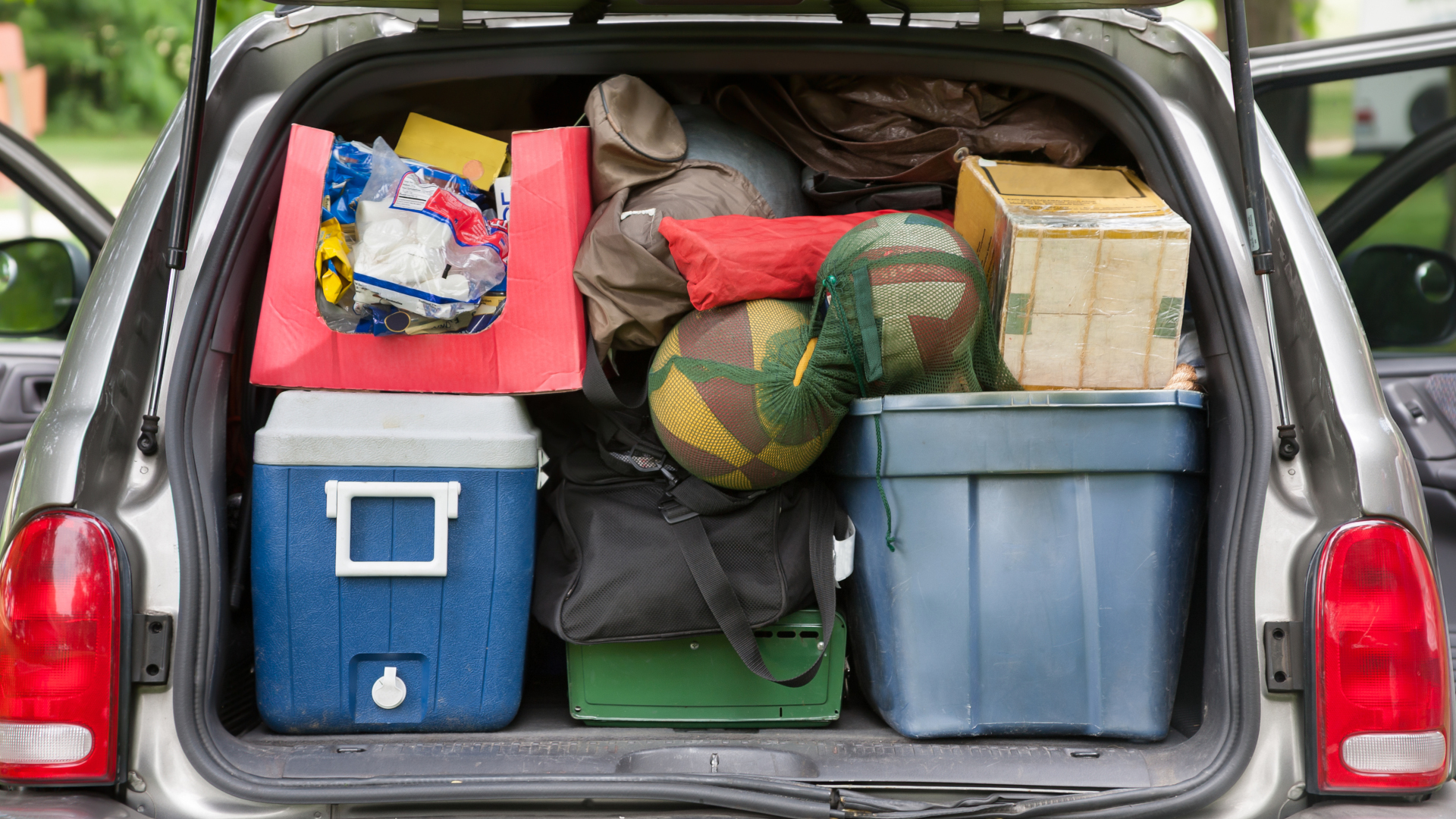
Cool your coolers before you pack them
You’ll do better to start with coolers that haven’t been sweating away in your garage. If you live somewhere where it’s cold overnight, you can leave your coolers out to cool off the night before you leave. Otherwise, fill them with ice, or very cold water, a couple of hours before you plan to pack them.
Advnture Newsletter
All the latest inspiration, tips and guides to help you plan your next Advnture!
Use ice packs or block ice
Ice packs are preferable to a bag of ice cubes for several reasons: they freeze colder than water, they’re more compact, they don’t get your food soggy when they melt and they’re more economical. Invest in a few ice packs and you can reuse them for many camping trips to come. If you have to use ice, a big block of ice at the bottom of your cooler is better than cubes, because it will melt more slowly.
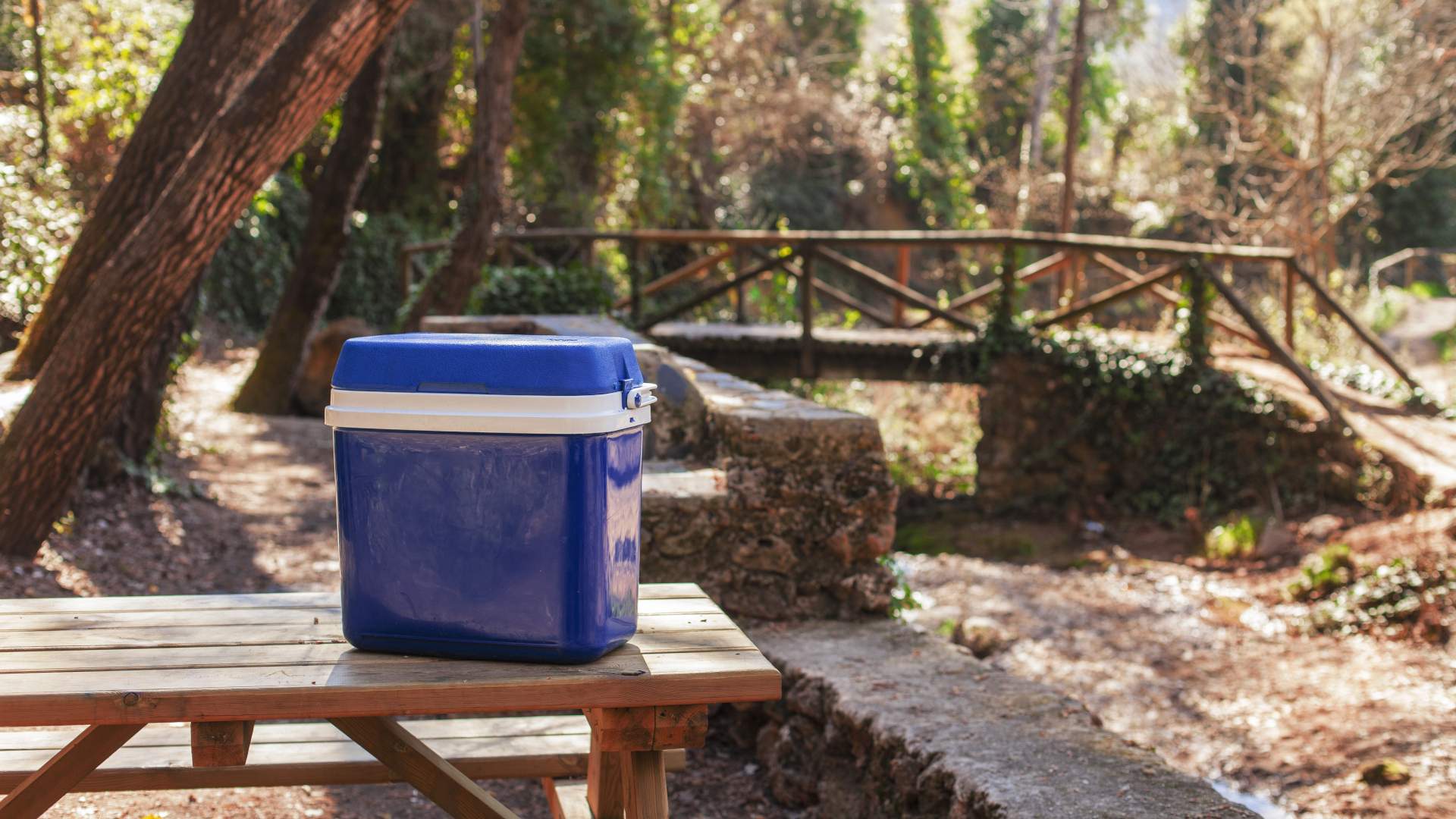
Use frozen water bottles
Feed two birds with one seed by freezing any water you’re bringing. That way the water bottles serve as extra ice packs, and once they melt you can drink them.
Pack your cooler tightly
You need to pack your cooler as tightly as possible since more air circulating inside it will warm things up faster. Make sure you don’t buy a cooler that’s far too big for your purposes – in fact, it’s often a good idea to have a few coolers in different sizes for different trip durations. If you have a big cooler and aren’t bringing too much food, fill any excess space with frozen water bottles.
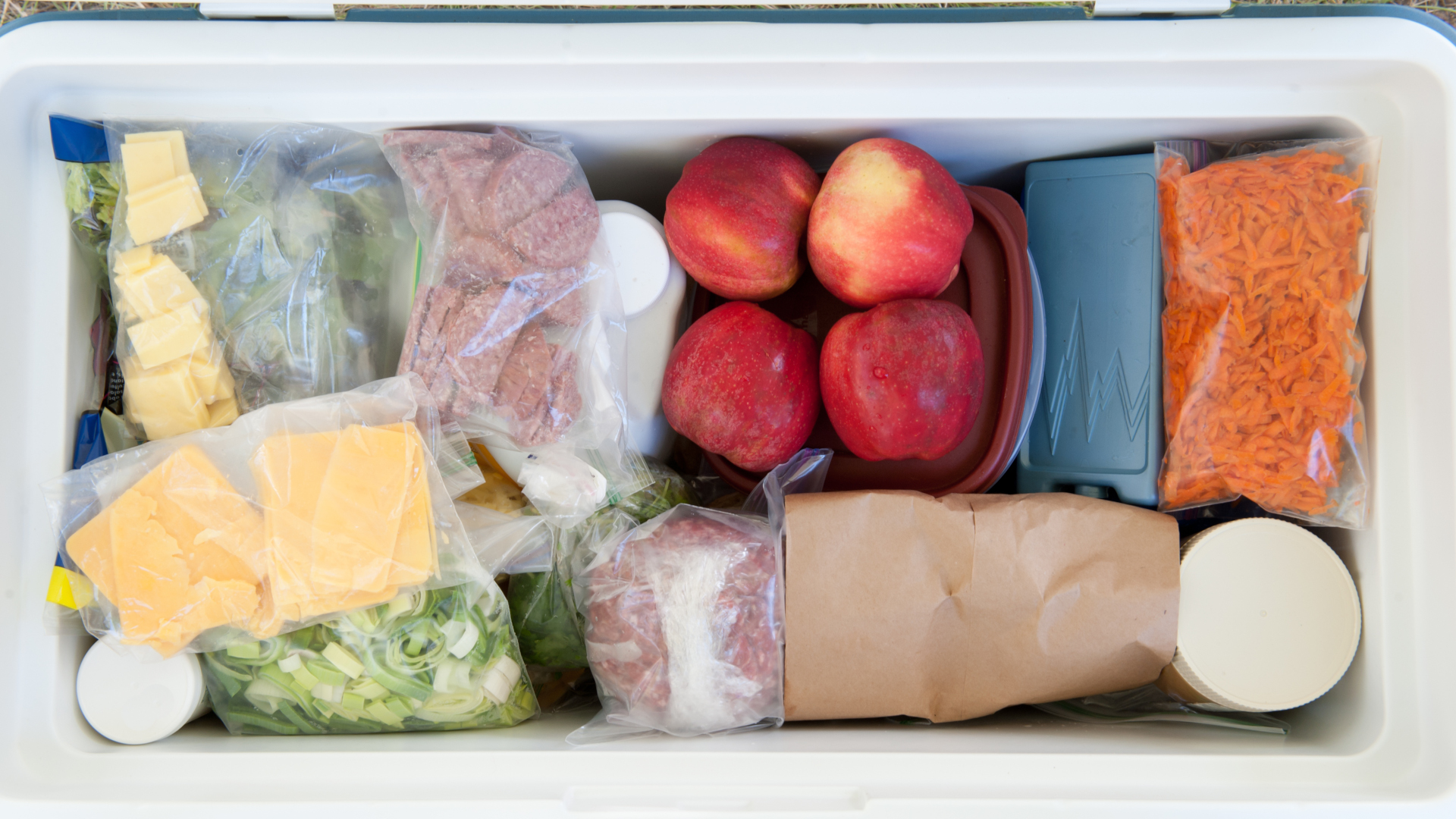
Keep cooler in the shade
It sounds obvious, but once you get to camp, set your cooler in the shade and keep it there. Don’t keep it in your car, which will get warm in the sun; rather, find a tree or picnic table or set up a shelter with a tarp.
Don’t open the cooler often
Keep your cooler closed and latched when not in use. The less frequently you can open your cooler, the better, which you’ll recall is why we suggested bringing a separate drinks cooler. That’s why there’s also a good argument for keeping any non-perishable snacks in a separate container so you don’t end up opening the cooler every time you want some nuts or granola bars. Where possible, you can also make sure you pack the items you want first at the top, so you don’t have it open for ages while you’re digging through it. One exception though – do make sure that all meat is placed at the bottom so it doesn't contaminate the rest of the food.
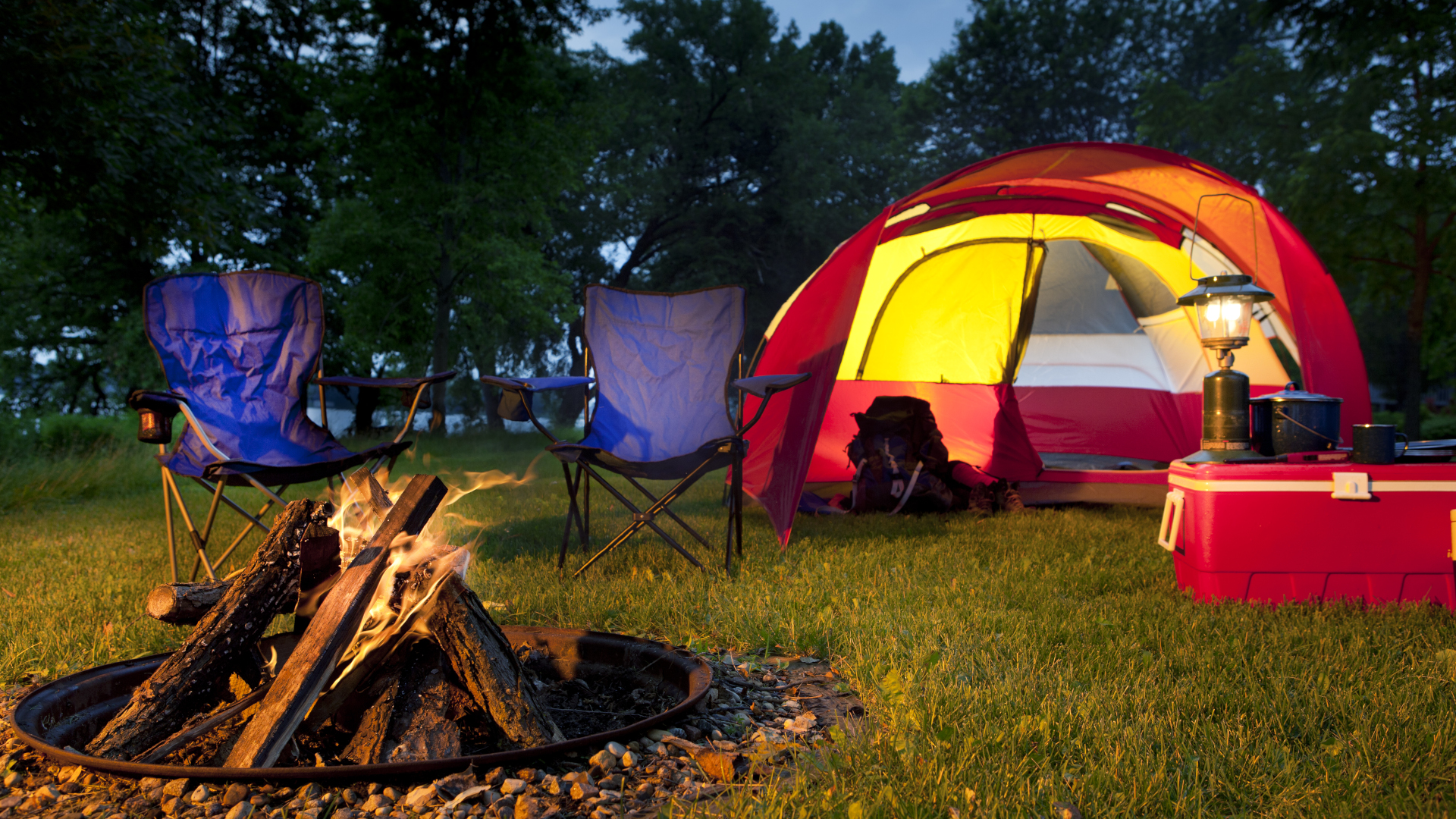
Don’t drain your cooler
If you are using loose ice, don’t drain the cooler once it starts to melt as the cold water will still do a good job keeping your food and drinks cold. If you’re worried about food getting soggy, just make sure it’s all prepacked in sealable plastic bags.
Julia Clarke is a staff writer for Advnture.com and the author of the book Restorative Yoga for Beginners. She loves to explore mountains on foot, bike, skis and belay and then recover on the the yoga mat. Julia graduated with a degree in journalism in 2004 and spent eight years working as a radio presenter in Kansas City, Vermont, Boston and New York City before discovering the joys of the Rocky Mountains. She then detoured west to Colorado and enjoyed 11 years teaching yoga in Vail before returning to her hometown of Glasgow, Scotland in 2020 to focus on family and writing.

